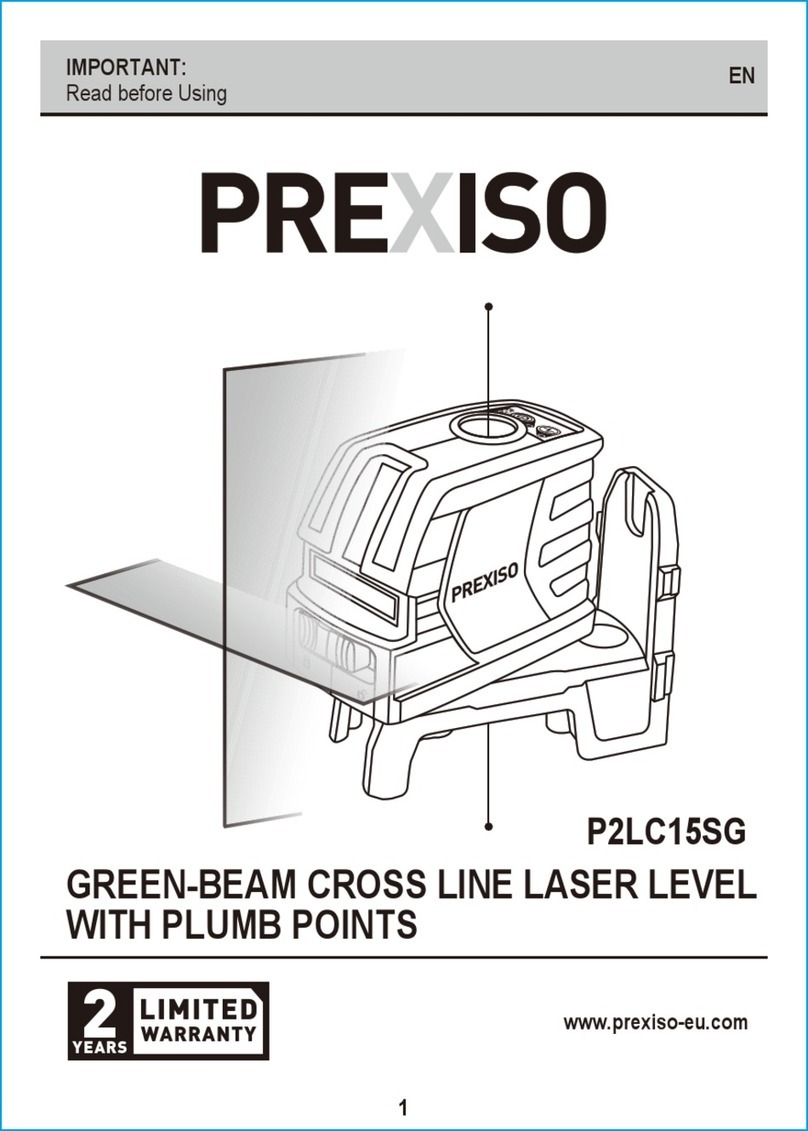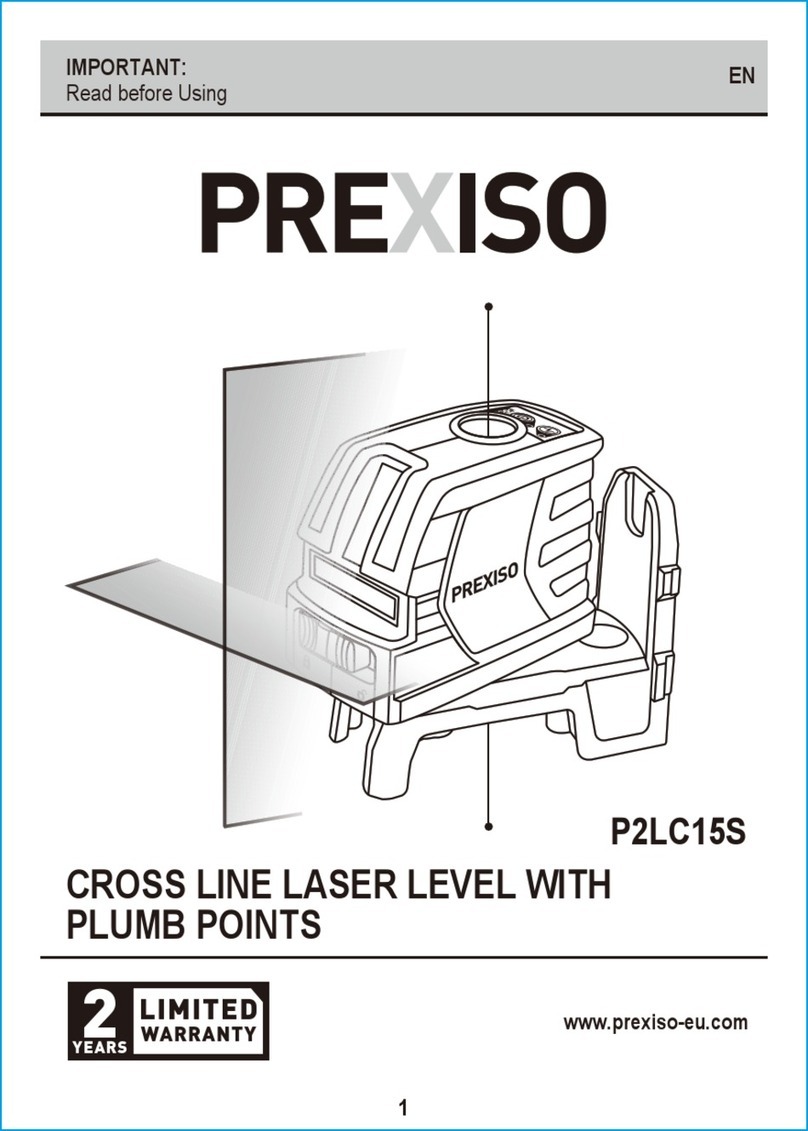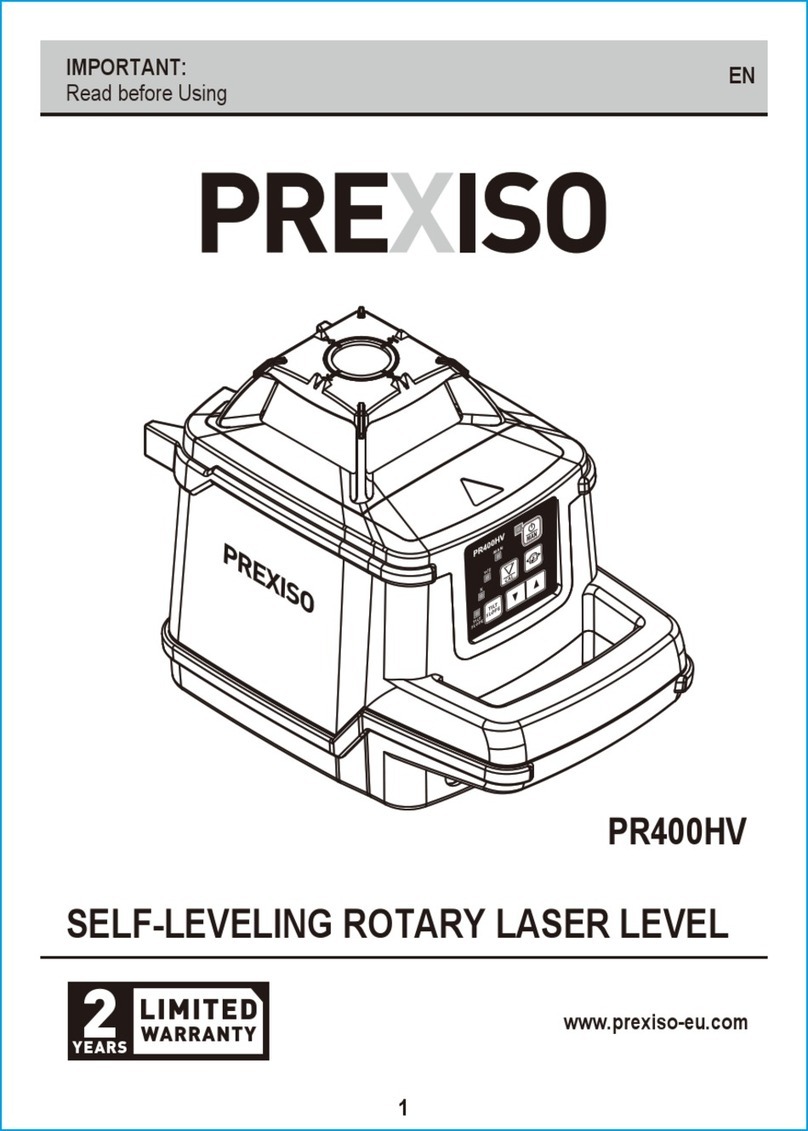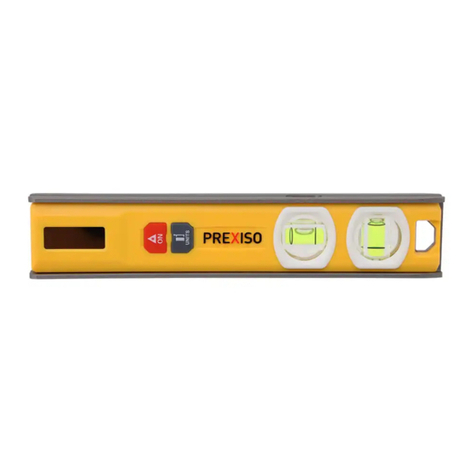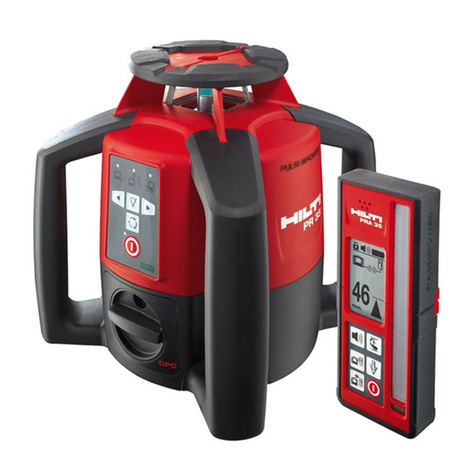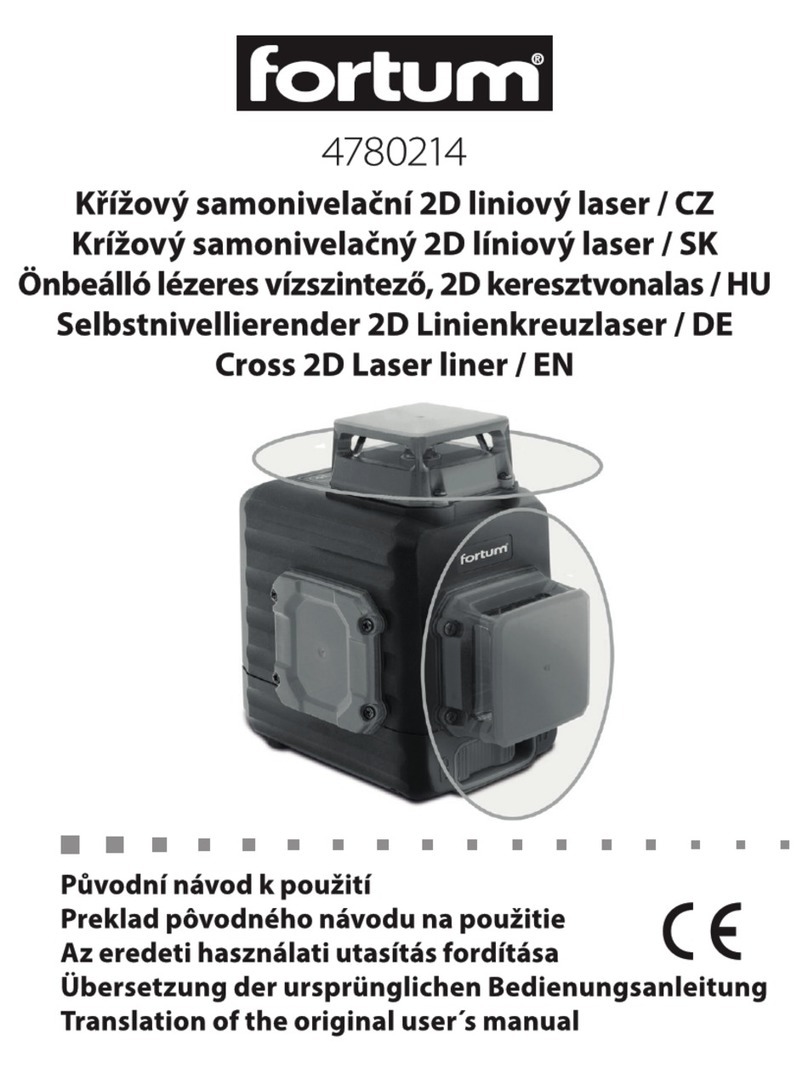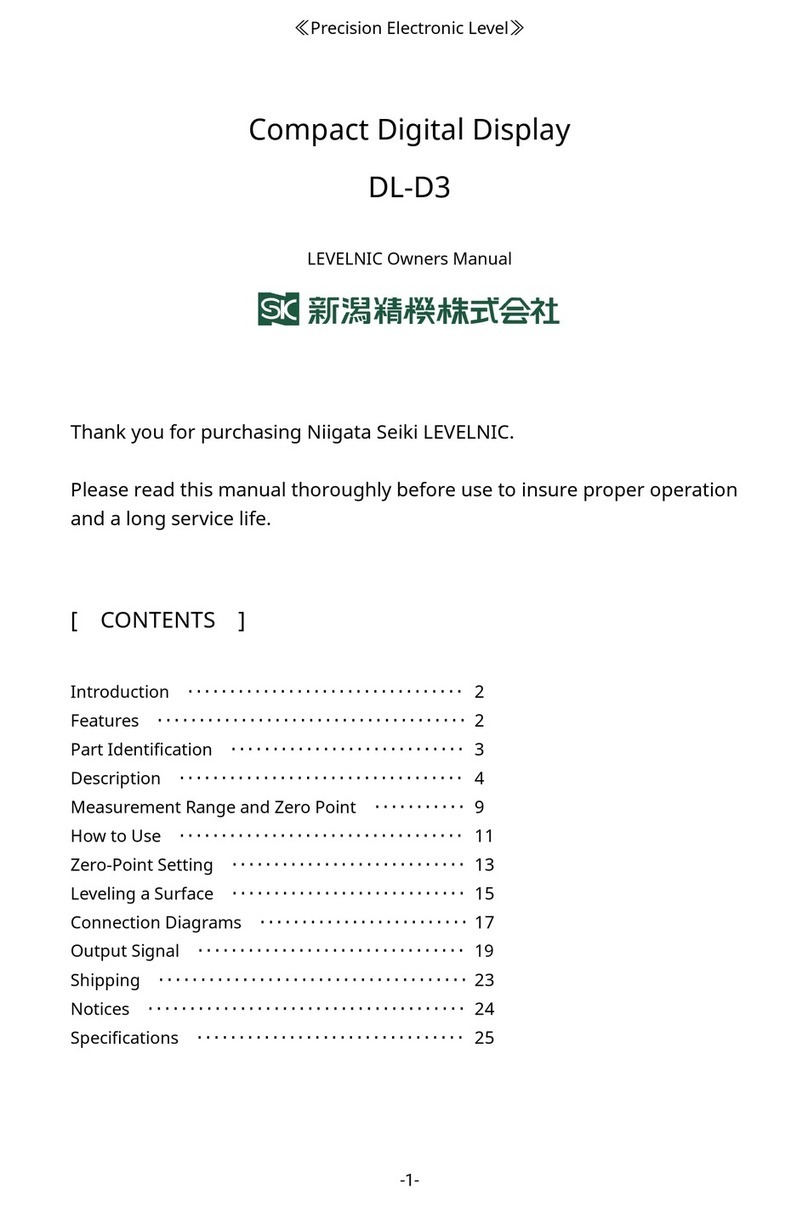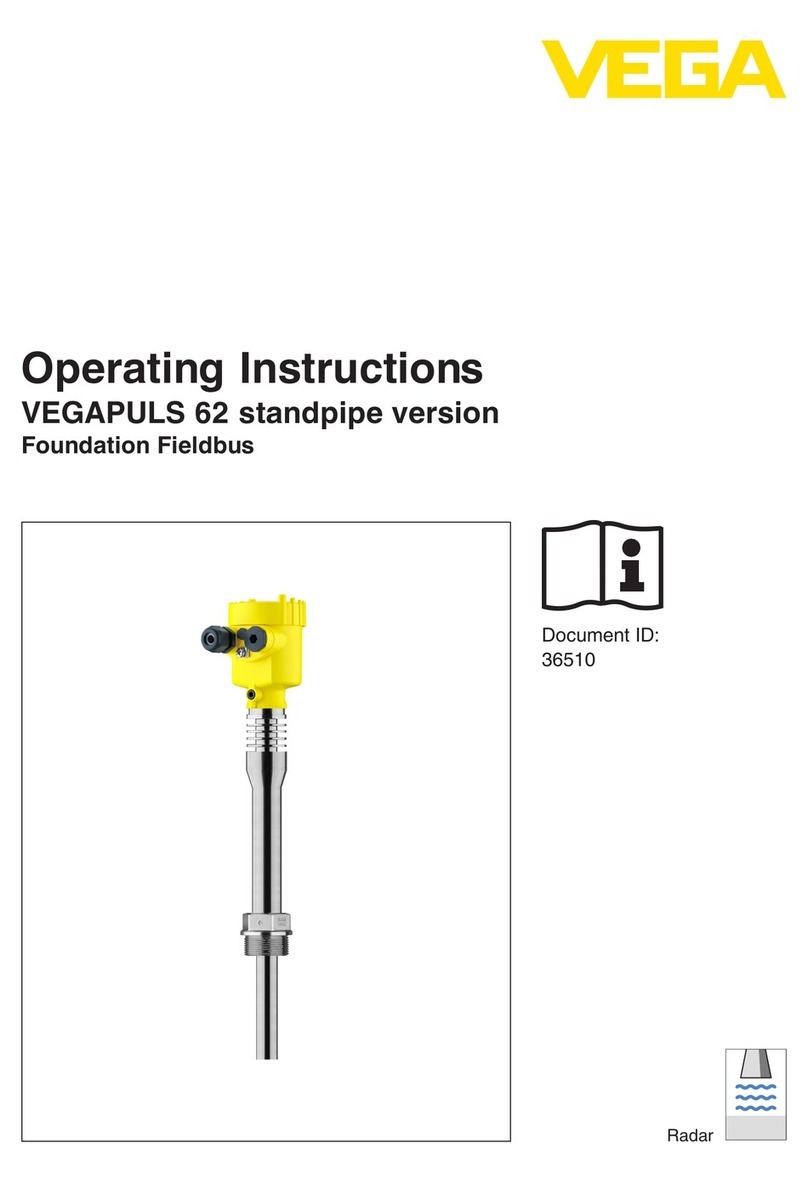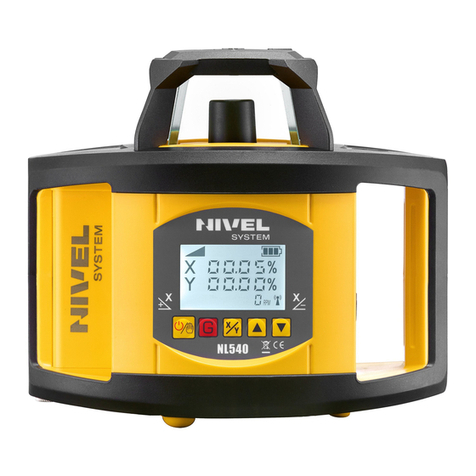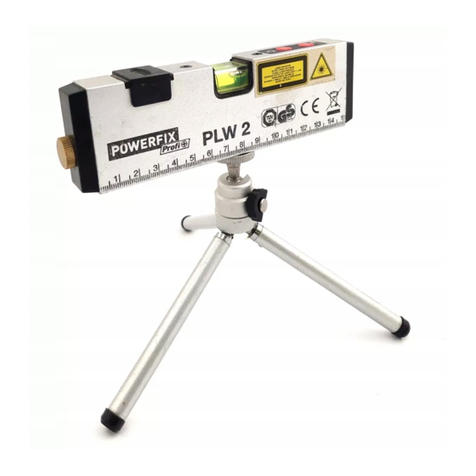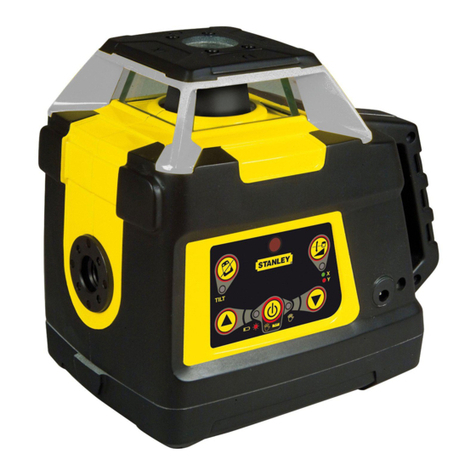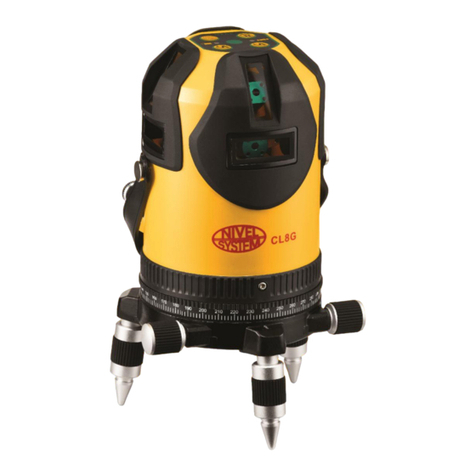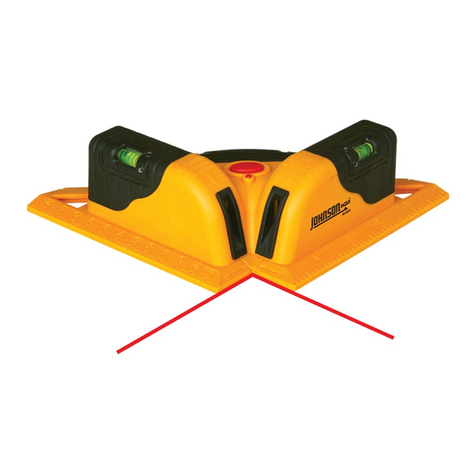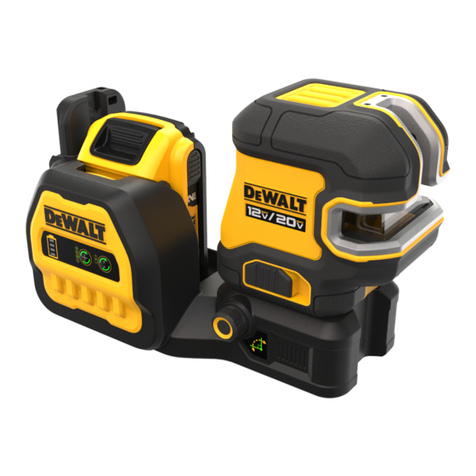Prexiso T.O.2 User manual

PREXISO T.O.2
User Manual
Version 1.0

T.O.2 | 2Introduction
Introduction
Purchase Congratulations on the purchase of a T.O.2 instrument.
This manual contains important safety directions as well as instructions for setting up the
product and operating it. Refer to "7 Safety Directions" for further information.
Read carefully through the User Manual before you switch on the product.
Product identifica-
tion The type and serial number of your product are indicated on the type plate. Enter the type
and serial number in your manual and always refer to this information when you need to
contact your agency or PREXISO authorised service workshop.
Type: ______________________________________________
Serial No.: ______________________________________________

Introduction T.O.2 | 3
Symbols The symbols used in this manual have the following meanings:
Type Description
Danger Indicatesanimminently hazardoussituationwhich, if not avoided,will
result in death or serious injury.
Warning Indicates a potentially hazardous situation or an unintended use
which, if not avoided, could result in death or serious injury.
Caution Indicates a potentially hazardous situation or an unintended use
which, if not avoided, may result in minor or moderate injury and/or
appreciable material, financial and environmental damage.
Important paragraphs which must be adhered to in practice as they
enable the product to be used in a technically correct and efficient
manner.

T.O.2 | 4Table of Contents
Table of Contents
In this manual Chapter Page
1 Description of the System 7
1.1 Instrument Case 7
1.2 Instrument Components 8
2 User Interface 10
2.1 Function of Buttons 10
3 Preparation before Measurement 12
3.1 Preparation of Battery 12
3.2 Erection of the Instrument 14
3.3 Leveling up of the Instrument 14
3.4 Centering 15
3.5 Collimation 16
3.6 Initial Settings 16
4 Operation Method 20
4.1 Start Up 20
4.2 Measurement of Angle 21
4.3 Turning Off the Instrument 25
4.4 Measuring Distance Using the Stadia Method 26
4.5 Installation and Removal of the Base 27

Table of Contents T.O.2 | 5
5 Inspection and Adjustment 28
5.1 Tubular Vial 28
5.2 Circle Vial 29
5.3 Laser Plummet 29
5.4 Perpendicular of Vertical Hair of Reticle of Telescope 31
5.5 Collimation Error 31
5.6 Index Error of Vertical Circle 33
6 Care and Transport 35
6.1 Transport 35
6.2 Storage 36
6.3 Cleaning and Drying 37
7 Safety Directions 39
7.1 General 39
7.2 Intended Use 39
7.3 Limits of Use 40
7.4 Responsibilities 41
7.5 Hazards of Use 42
7.6 Laser Classification 48
7.6.1 General 48
7.6.2 Laser Plummet 49
7.7 Electromagnetic Compatibility EMC 52

Description of the System T.O.2 | 7
1 Description of the System
1.1 Instrument Case
Instrument case Before placing the instrument into the
instrument case, align the dot mark of
the instrument upward and on the
sameline,andlightlytightentheclamp
knobs and loosened after the instru-
ment is placed in the case. All the
clamp knobs must be slightly tightened
again after the instrument is in place in
the case.

T.O.2 | 8Description of the System
1.2 Instrument Components
Instrument compo-
nents part 1 of 2 1. Screw of handle
2. Objective lens
3. LCD display I
4. Horizontal drive
5. Levelling screw
6. Handle
7. Laser plummet
8. Tribrach locking lever
6
7
8
5
4
3
2
1

Description of the System T.O.2 | 9
Instrument compo-
nents part 2 of 2 1. Focusing knob
2. Eyepiece
3. Optical sight
4. LCD display II
5. Circular vial
6. Battery case
7. Vertical drive
8. Tubular vial
2
1
3
4
5
6
7
8

T.O.2 | 10User Interface
2 User Interface
2.1 Function of Buttons
Description
Buttons
1. R/L button
2. HOLD button
3. V% button
4. 0SET button
5. ON/OFF button
6. Light button
1
3
5
2
4
6
Button Function 1 Other
ON/OFF Switch the instru-
ment On/Off 1. Oneofthefunctionbuttonsforenteringintoinitial
setting of the instrument.
2. Oneofthefunctionbuttonsforenteringintoindex
error setting.
3. One of the function buttons for entering into
compensation setting.

User Interface T.O.2 | 11
Button for lightning of Reticle and LCD display.
0SET Set horizontal angle
to zero (zeroing) 1. Menu selection button in initial setting.
2. One of the function buttons for entering into
compensation setting.
3. Oneof the functionbuttons forenteringintoinitial
setting of the instrument.
HOLD Hold/release hori-
zontal angle reading 1. Menu selection button in initial setting.
2. Oneof the functionbuttons forenteringintoinitial
setting of the instrument.
3. Oneofthefunctionbuttonsforenteringintoindex
error setting.
R/L Switch between left
and right increment
of horizontal angle
reading
1. Menu selection button in initial setting.
2. Oneof the functionbuttons forenteringintoinitial
setting of the instrument.
V% Switch between
display of vertical
angleinangleunitor
as percentage of
slope
1. Oneof the functionbuttons forenteringintoinitial
setting of the instrument.
2. Button for confirmation after initial setting of the
instrument.
Button Function 1 Other

T.O.2 | 12Preparation before Measurement
3 Preparation before Measurement
3.1 Preparation of Battery
Checking electric
quantity Refer to "4.1 Start Up" on how to check the power status of the battery.
Before removal of any battery, the instrument must be switched off to avoid malfunction.
Removal of AA-
battery case 1. Turn theknob of the batterycase and let
the mark point to UNLOCK, take the
battery case off.
2. Open the case cover, insert four AA
batteriesintothebatterycase according
to +and -.

Preparation before Measurement T.O.2 | 13
• The four batteries in the battery case should be of the same type.
• Do not use batteries which have different remaining capacities.
• When batteries are wet, dry them immediately, and put them out of the instrument
case, air-dry thoroughly.
Recharging the Ni-
MH battery pack 1. Take out the charger from the instrument case and connect the charger to a power
source as indicated on the label of the charger. The green light on the charger is lit.
2. Insert the plug of the charger to the charging port of the Ni-MH battery pack. The
green light of the charger turns red, the charging process is started, after 3 to 4 hours
when the red light turns green, it indicates that the charging process is finished.
3. Insert the raisedpartat thebottom of the
battery case into the slot of the right
battery cover, and put the battery case
in place. Then turn the knob and let the
mark point to LOCK.

T.O.2 | 14Preparation before Measurement
3.2 Erection of the Instrument
Erection of the
instrument 1. Stretch the tripod to a proper hight.
2. Ensure that the measure point is exactly under the central hole of the tripod head.
3. Level up the tripod (this is very important when centering with plumb bob).
4. Ensure that all locking handles are securely tightened.
5. Secure the instrument to the tripod.
3.3 Leveling up of the Instrument
Leveling up of the
instrument
3. Turn the collimation 90° adjust the leveling screw A and make the bubble sit in the
center.
4. Repeat 2. to 3., until the bubble is in the center for both directions.
1. Centering the circle vial using leveling
screws A, B and C.
2. Turn the collimation unit so that the axis
of the tubular vial is parallel to the
connecting line of B and C. Adjust B and
C so that the tubular vial is centered.

Preparation before Measurement T.O.2 | 15
5. After 2. is finished, turn collimation unit for 180°. If the tubular vial is still centered, the
leveling up of the instrument is finished. If the bubble strays from the center, perform
leveling up with the procedure for adjustment of tubular vial in "5.1 Tubular Vial".
3.4 Centering
Centering with
plumb bob 1. Tie the plumb bob wire to the hook on the central screw. Adjust the length of the wire
so that the tip of the bob is 2 mm above ground.
2. Loosen the central screw and move the base so that the tip of the plumb bob is
precisely positioned to the ground point (when observed from two directions perpen-
dicular to each other).
Centering with
Optical plummet
1. Turn the knob of the eyepiece of the optical plummet so that the reticle is in focus; turn
thefocusingknobsothatthegroundpointaisinfocus. Then, loosenthe centralscrew
To ensure maximum measuring
precision, we recommend the
performance of the steps
described in "5 Inspection and
Adjustment" before using this
instrument.
a
12

T.O.2 | 16Preparation before Measurement
to translate the whole instrument (be sure not to turn the instrument) so that the
ground point coincides with the central point of the reticle. Retighten the central screw.
2. Perform precise leveling up of the instrument as described in "3.3 Leveling up of the
Instrument" and repeat the operation in 1. of "3.4 Centering", "Centering with Optical
plummet" until the instrument is precisely leveled up and the center of the reticle of
the optical plummet precisely coincides with the ground point as shown.
3.5 Collimation
Adjustment of
diopter 1. Aim with the telescope on a bright background.
2. Turn the eyepiece knob so that the cross hairs of the reticle are clearly seen.
Elimination of
optical parallax 1. Adjust the focusing knob so that the object forms image on the reticle.
2. Move your eyes up and down to see if the image of the object moves relative to the
graduation lines.
If it does not move, there is no optical parallax; otherwise turn the focusing knob to
eliminate the optical parallax.
3.6 Initial Settings
Before start measuring, please confirm all initial settings. Items in bold indicate factory
settings.

Preparation before Measurement T.O.2 | 17
Method of setting
Initial Setting Selection
1. Unit of angle 360°
UNIT A 400G
UNIT B 6400
UNIT C
2. Zenith angle ZEN==0° ZEN==90°
3. Auto power off time 30 OFF NO OFF
4. Minimum display
resulution DSP 1 DSP 5
5. Tilt sensor switch TILT ON TILT OFF
6. Indication of position
of horizontal angle NO BEEP 90 BEEP
1. Press and hold HOLD button + 0SET button and
press ON/OFF button.
2. Release ON/OFF button when full character display
appears and release HOLD +0SET buttons when
four beeps are heard.
Theinstrument enters into initialsetting mode andthe
LCD displays:

T.O.2 | 18Preparation before Measurement
Setting of items
3. Press button or button for turning over pages
and selecting options.
4. Press button for selecting specific content in the
options.
5. Finally, press V% button to confirm and enter into
angle measuring mode.
1. Unit of angle
• UNIT A: 360° (Degree)
• UNIT B: 400 (GON)
• UNIT C: 6400 (Mil)
2. Zero position of vertical angle
• ZEN==0: Zenith being 0°
• ZEN==90: Zenith being 90°
3. Auto power off time
• NO OFF: Auto power off disabled
• 30 OFF: Turns power off if no action is done within
30 min

Preparation before Measurement T.O.2 | 19
4. Minimum display resolution
• DSP 1: minimum display being 1"
• DSP 5: minimum display being 5"
• DSP 10: minimum display being 10"
5. Setting of tilt sensor
• V TILT ON: Turn on the tilt sensor
• V TILT OFF: Turn off the tilt sensor
6. Inidication of horizontal angle
• NO BEEP: Horizontal angle indicator disabled
• 90 BEEP: Gives out beep when the instrument is
close to 0°, 90°, 180° and 270°

T.O.2 | 20Operation Method
4 Operation Method
4.1 Start Up
Start up 1. Press and hold ON/OFF button.
2. Release ON/OFF button when full character display
appears:
3. Sway the telescope up and down ward when the
instrument is at the normal position. The beeper
beeps and LCD displays vertical angle. The instru-
ment enters into measuring mode.
4. After the power is switched on and the instrument has
entered into measuring mode, the battery power level
is indicated by the battery symbol in the lower right
corner of LCD.
• If three bars are shown the battery is fully charged.
• A flashing battery symbol indicates a low power
status of the battery. Turn off the instrument and
change to a new battery to avoid an automatic
switch off by the instrument.
Other manuals for T.O.2
1
Table of contents
Other Prexiso Laser Level manuals

